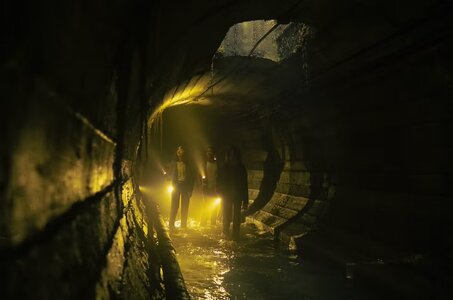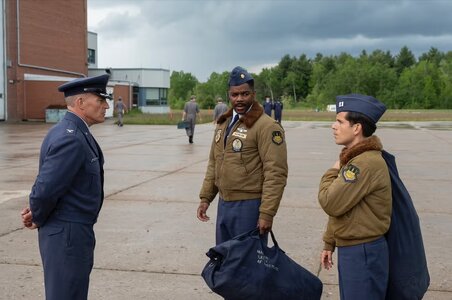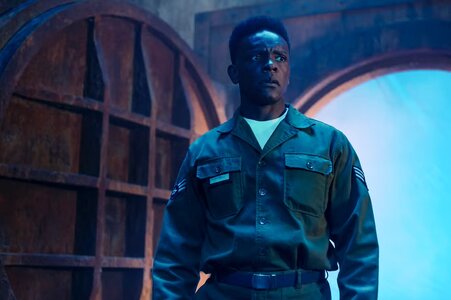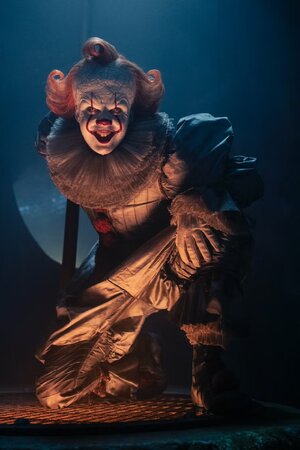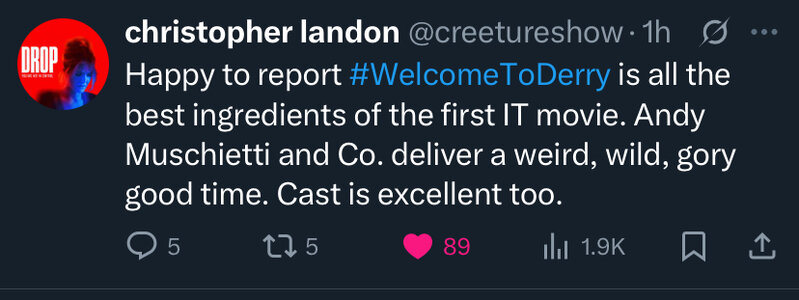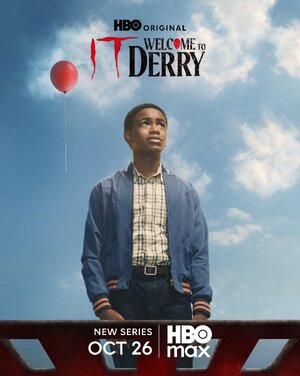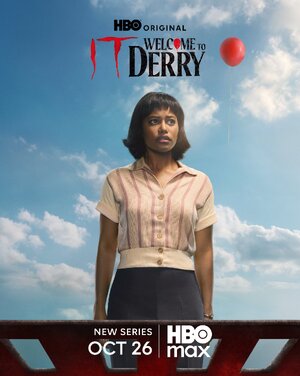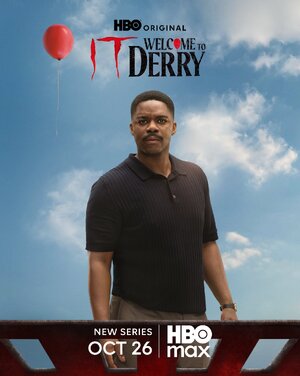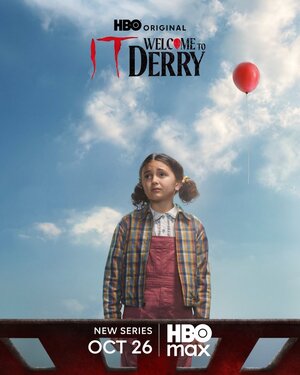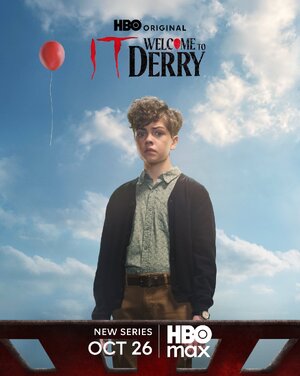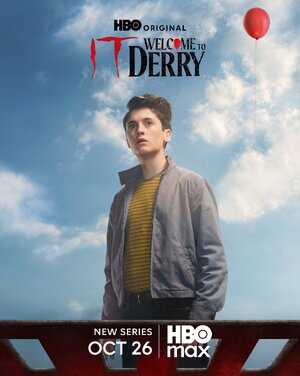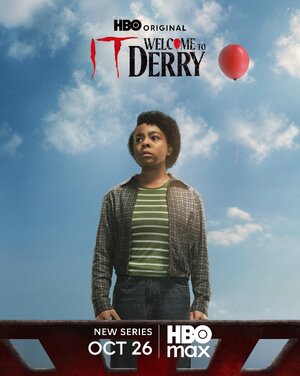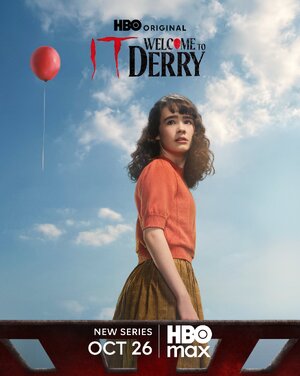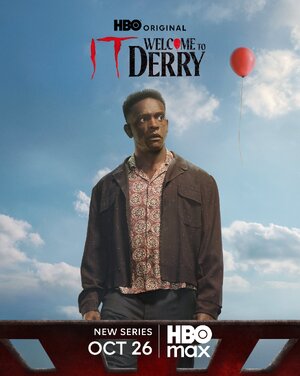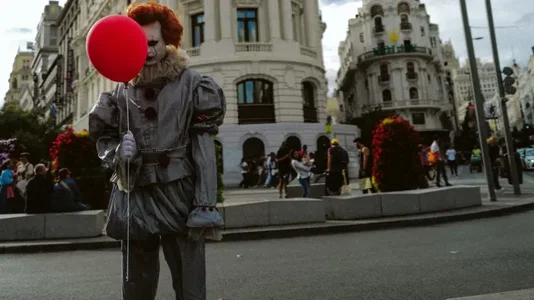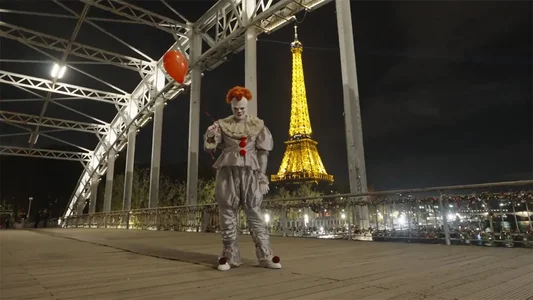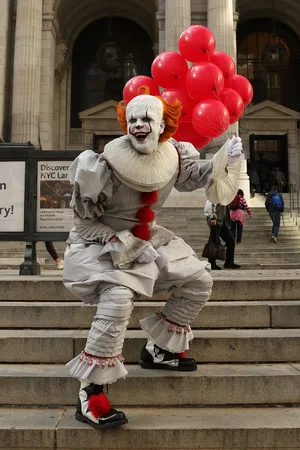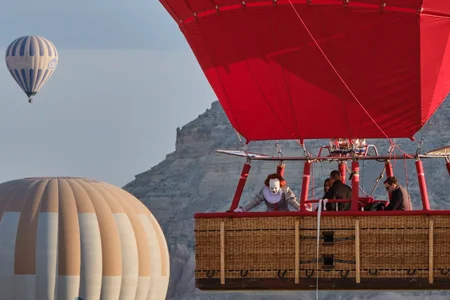Pennywise
Avenger
- Joined
- Dec 25, 2016
- Messages
- 34,123
- Reaction score
- 45,944
- Points
- 103

Andy Muschietti says IT: Welcome To Derry "will take things to the edge"
Andy Muschietti says IT: Welcome To Derry "will take things to the edge"
AVC: The show takes place in 1962. How does this specific time period affect the arc and aesthetics of the show?
AM: 1962 is the Pennywise cycle previous to the story in the movie, but in the book, the main story happens in 1958 with the kids. So that was exciting to us right away because even if it’s not the same characters, we’re going into a similar cultural era covered in the book. We wanted to capitalize on the fear of being in the Cold War and the panic of possibly being bombed by Russia. There’s also another range of fears from this era I wanted to tap into from the kids’ perspective, which is things like radioactive mutations. Using both those angles to help with the creation of this world, aesthetically speaking, was appealing. I treated this season as if it were a movie, in the sense that we got Chapter Two‘s production designer [Paul D. Austerberry] and costume designer [Luis Sequeira] because I wanted to preserve that cinematic feel. Everybody was very excited to jump into the early ’60s and embrace not only the aesthetic parts but the deeper idiosyncrasies of what an American small town at that time was like.
AVC: Does the show match the film’s tone in terms of creepiness, or did you get to change things since you have eight hourlong episodes?
AM: I wanted to maintain the same tone of the movie because I wanted the movies themselves to maintain the tone of the book, which is terribly scary and graphically violent. There are heightened emotions, but there’s also a lot of humor. The mandate for me was always being faithful to all that, but I will say the show does get more intense. We had the opportunity to make it creepier because it’s a bigger canvas with more characters and more of their fears to explore. The intention is to take things to the edge and give audiences more than what they’ve experienced in the movies before.
AVC: You directed the opening scene of the premiere, which is quite gnarly and further helps establish that creepy tone.
AM: Yeah, I wanted to establish a sense of how no one is really safe in this world, which is a little bit of the same idea that we expressed in the first movie’s opening with Georgie’s death, which is pretty gruesome, and also with Adrian Mellon’s death at the beginning of Chapter Two. In general, as an opening for the show, I wanted to create an augmented feeling that nothing is sacred or safe in Derry. The challenge was how to do it and make it more spectacular, especially for people who have seen the movies and understand how effective a graphic incident like the show’s opening scene is. It all comes from what I mentioned before about my desire to make a creature that stems from what a kid’s fear in the early ’60s was, which is a mutant of some sort.
AVC: Did you always sign up to direct four installments, or did that choice come about naturally while working on the scripts?
AM: That part evolved a bit. I knew I wanted to develop and create the show with other writers, but I knew I couldn’t direct all eight because that’s a big task. I also wanted time to make other movies. But over the course of the first few months, as the drafts were happening, I realized that I wanted to do more, so I thought I’d direct episodes one and two for the specific reason of establishing certain new characters. I was committed to that. And then I said, “Well, of course I’ll do the finale, too.” But the lead-up to our finale is so great that I didn’t want to not be part of the penultimate episode. So then I committed to doing those four, and I love and respect the other directors who came aboard.
AVC: Another important arc seems to be about the Native American rituals and beliefs about the monster and how they tie into what the adults are doing.
AM: The intervention of Native characters in the book is very important, and we wanted to grab it and extend it. In the interludes, it unlocks the investigations of the Losers and makes them face reality differently. I was always very attentive to that in the book. Natives were the first people on this land and so the first people who encountered It. In many ways, their story is as or more important than the story that our Losers go through. But it’s a big question mark in the book about how this happened. So we basically go into that in the show and open the drawer to create a story that might be unfamiliar to readers as well. It’s a new narrative that connects to the Indigenous community.
AVC: One of the main characters is Dick Hallorann, played by Chris Chalk, who fans of The Shining will be familiar with. What was the idea behind bringing him into Welcome To Derry in such a big way?
AM: Dick has a very predominant role in this story. In the book, he’s part of the Black Spot tragedy when it burned down, but that story is told in fragmented pieces. We don’t know the full extent of Dick’s participation, and that’s what we wanted to find out here. We realized he plays a much larger role. Chris Chalk is exceptional in this. I hadn’t known him before in person before casting him, and when I saw his tape, it blew my mind. He brought a great deal of mysticism, but he’s also grounded. His character goes on a weird journey as someone who has “the shine” and is in conflict with that throughout.
AVC: We can’t end without a tease of just how much we’ll see of Bill Skarsgård as Pennywise.
AM: I cannot say when and how Pennywise appears because it would be a spoiler. Of course, we’re going to see him incarnated in different ways, but eventually, we will see the clown that we all love to hate. There was an attempt to keep Bill not in the proximity of the new young actors to preserve that aura that he has when he’s in costume and in character, at least just to preserve the first scene when they all see each other. But then, after that, everyone quickly became friends with Bill. He’s very careful about the effect he has on people when he’s in costume, but all the actors were very excited about Pennywise showing up on set.



